Search
forLearn
5 / 8 resultslearn Mesotherapy
technique to inject very small amounts of beneficial chemicals into the scalp
learn Minoxidil
An essential vasodilator with some anti-androgenic effects, has excellent safety record
learn Follistatin
glycoprotein that inhibits TGF-β and promotes hair growth by antagonizing activin
learn Overview
Research
5 / 1000+ results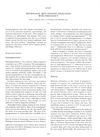
research Physiologic Skin Changes Associated With Pregnancy
Pregnancy often causes skin changes like darkening, stretch marks, and hair growth, which may improve after childbirth.
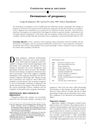
research Dermatoses of Pregnancy
Pregnancy can cause various skin changes and diseases, with PUPPP being the most common skin condition specific to pregnancy.
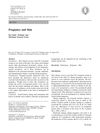
research Pregnancy and Skin: Changes and Dermatoses
Most skin changes during pregnancy are harmless and temporary, but some can risk the fetus and need careful treatment.
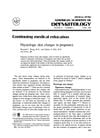
research Physiologic Skin Changes in Pregnancy
Pregnancy can cause skin darkening, varicose veins, more sweating, hair growth, hair loss after birth, nail changes, and gum inflammation.
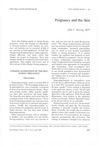
research Pregnancy and the Skin
Most pregnant women experience skin changes like darkening and stretch marks, and some may have skin conditions that usually get better after giving birth.
Community Join
5 / 91 resultscommunity The Korean began to suspect something. But they understood the mechanism to some extent. ( Cold shock therapy promotes hair growth in association with upregulation of cold-inducible RNA-binding protein and vascular endothelial growth factor)
Cold shock therapy may promote hair growth by stimulating follicular muscles and affecting stem cells. The exact mechanisms and full range of elements involved are not yet fully understood.
community Dutasteride takes 1-3 months to work in the scalp. Not weeks. Be careful.
Dutasteride takes 1-3 months to affect scalp DHT levels, not just a week. The prostate absorbs Dutasteride faster than the scalp due to different vascular networks and enzyme densities.
community Proposed new pathogenesis model for androgenetic alopecia (AGA)
The conversation discusses a new model for understanding androgenetic alopecia (AGA), linking it to dietary and lifestyle factors similar to PCOS, and highlighting the role of DHT, vascular damage, and inflammation. Treatments mentioned include Minoxidil, finasteride, and RU58841.
community Polydopamine Synergizes with Quercetin Nanosystem to Reshape the Perifollicular Microenvironment for Accelerating Hair Regrowth in Androgenetic Alopecia.
A quercetin-encapsulated and polydopamine-integrated nanosystem (PDA@QLipo) shows promise for treating androgenetic alopecia by reshaping the perifollicular microenvironment, outperforming minoxidil in hair regeneration. The nanosystem promotes cell proliferation, hair follicle renewal, and recovery by scavenging reactive oxygen species and enhancing neovascularity.
community (Topical) Quercetin might be a good add on to the hair loss stack
Quercetin might help with hair loss by inhibiting HSP-70, which increases androgen receptors. Concerns include its staining properties and unclear topical absorption.